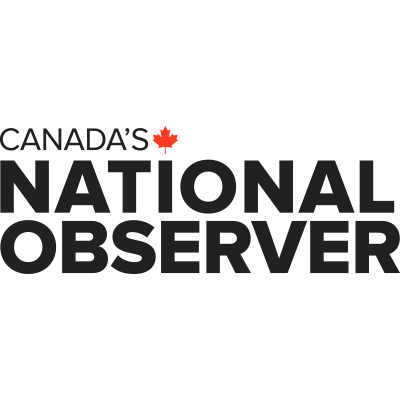Matteo Cimellaro
Local Journalism Initiative Reporter
Canada’s National Observer
First Nations leadership from across the country will be descending on Ottawa to elect a new national chief, with questions remaining about how the new Assembly of First Nations leader will balance climate action with resource development.
The Assembly of First Nations, AFN for short, recently released its national climate strategy, which centres on new ways of thinking about the climate crisis with an emphasis on relationality and responsibility towards Mother Earth. The strategy also de-emphasizes “technological” and “market-based” solutions.
The AFN is more concerned about addressing the root cause of the climate crisis, which is an extractive mentality centred on taking without giving back to the world around us, Graeme Reed, a strategic adviser to the AFN, told Canada’s National Observer in a previous interview.
“Part of what we are trying to do is really just relearn what it means to follow those original instructions,” he said when the report was released.
However, the AFN’s climate strategy comes at a time when First Nations are increasing their capacity and ability to enter natural resource industries operating in their territories.
Within Ottawa’s mini-budget last month were more details on the anticipated Indigenous equity loan program. The $1-billion program will help Indigenous communities, including First Nations, buy equity in major resource development projects. The program removes a major barrier for First Nations that were often burdened by financial institutions to secure loans. Ottawa’s program follows similar ones in Ontario, Alberta and Saskatchewan.
First Nation-led resource development will only continue to increase through Canada’s Critical Minerals Strategy and other clean energy developments, some of which remain contentious.
For example, on the West Coast, coastal First Nations are developing their own liquified gas facilities to export to Asian markets. Meanwhile, on the East Coast, First Nations are seeking the AFN’s support for small modular reactors in New Brunswick through a resolution.
At national assemblies, First Nations leadership will vote on a long list of resolutions through a one-chief, one-vote system.
Some First Nations organizations and First Nations are invested in the fossil fuel industry, leading to challenging decisions and discussions for leadership, Ghislain Picard, AFN regional chief for Québec-Labrador, said when AFN’s climate strategy was released.
Picard said he isn’t going to take a side in the debate, but it’s the AFN’s responsibility to create the space for those difficult discussions to take place. The key point is that First Nations are involved in all discussions from the beginning of all processes, whether it’s climate mitigation or resource development, Picard added.
The election comes in the wake of a turbulent period for the AFN, following the ousting of RoseAnne Archibald, who was the first female to become national chief, as well as the first national chief to be voted out of office.
Archibald ran on an anti-corruption agenda, but was also found to have engaged in harassment twice by an outside probe, CBC Indigenous reports. Bullying allegations followed Archibald from her time leading the Ontario Regional Chief’s office.
Now, a new national chief will have to correct course for the AFN during a boom in mining, nuclear and a new phase for a fossil fuel industry seeking to remain afloat in a transitioned world.
The new national chief will need 60 per cent of the vote to become elected in a contested process that begins Wednesday and can stretch into the next day.


